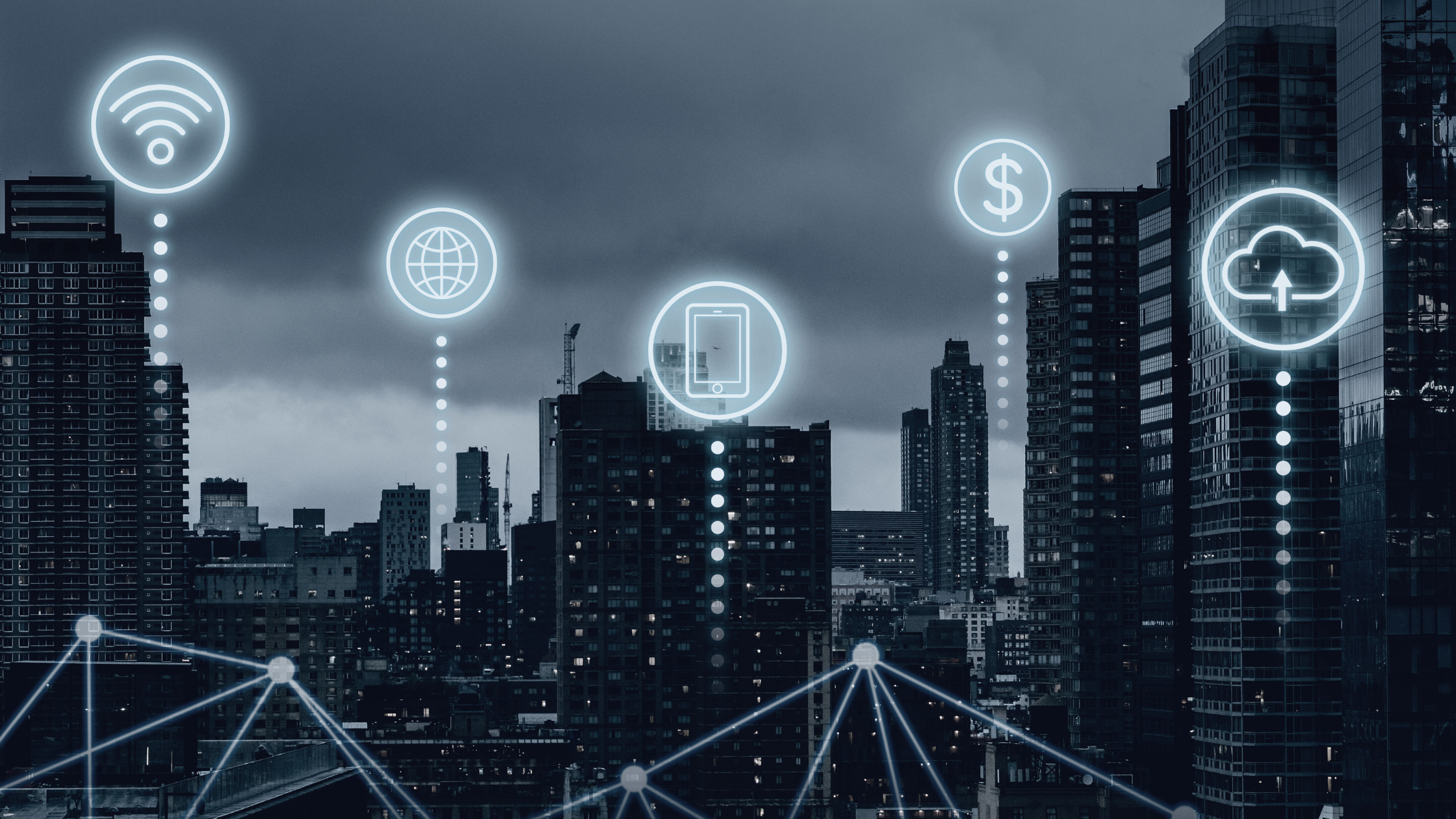Today, the paradigm of computing is undergoing a transformative shift with the ascent of Edge Computing. In this blog post, we embark on a technical journey to demystify the intricate world of Edge Computing, exploring its architecture, applications, and the cutting-edge advancements that define its role in the ever-expanding digital ecosystem. Join us as we delve into the complexities of Edge Computing and decipher its significance in the realm of tech innovation.
Understanding Edge Computing
Edge Computing is a distributed computing paradigm that brings computation and data storage closer to the location where it is needed, often at the edge of the network. Unlike traditional cloud computing models, where data processing occurs in centralized data centers, Edge Computing takes the processing closer to the source of data generation. This proximity reduces latency, enhances real-time processing capabilities, and mitigates bandwidth usage by processing data locally.
Key Components of Edge Computing
Edge Devices:
Edge devices are the physical endpoints where data is generated or consumed. These can include IoT devices, sensors, smartphones, and other connected devices that produce or require real-time data processing.
Edge Nodes:
These are the computing entities located in close proximity to the edge devices. They can be gateways, routers, or specialized edge servers that facilitate the processing of data before it travels to centralized cloud servers.
Edge Data Centers:
These are compact data centers strategically positioned at the edge of the network. They house the computational infrastructure required for processing data locally, ensuring low-latency responses for critical applications.
Edge Cloud:
The concept of Edge Cloud refers to extending cloud computing capabilities to the edge of the network. It allows for the deployment of cloud services closer to the end-users, enhancing performance and responsiveness.
How Edge Computing Works
- Data Generation at the Edge:
The process begins with edge devices, which could range from IoT sensors, smart devices, or even mobile phones. These devices generate data in real-time, initiating the need for immediate processing. - Computing in the Edge Nodes:
The generated data is then sent to Edge Computing nodes, which are computing entities located in close proximity to the edge devices. These nodes could be gateways, routers, or specialized edge servers equipped to handle local processing. - Local Data Processing:
Edge Computing nodes perform the initial processing of data locally. This can involve tasks such as filtering, aggregation, or even running specific algorithms depending on the application requirements. - Decision-Making at the Edge:
Crucially, Edge Computing allows for local decision-making based on the processed data. This is particularly significant in applications where real-time decisions are essential, such as autonomous vehicles making split-second choices based on sensor data. - Reduced Latency and Bandwidth Optimization:
By processing data at the edge, latency is significantly reduced since the need to transmit data to a centralized cloud for processing is minimized. This is especially advantageous for applications where immediate responses are critical, such as augmented reality or industrial automation. - Selective Data Transmission to Cloud:
Not all data needs to be transmitted to the cloud immediately. Edge Computing enables the selective transmission of relevant data to cloud servers for further analysis, storage, or long-term processing.
Current Applications
1. IoT and Smart Devices:
Edge Computing plays a pivotal role in IoT ecosystems, enabling real-time processing of data generated by smart devices. This is particularly crucial for applications like smart homes, industrial IoT, and autonomous vehicles.
2. Augmented Reality (AR) and Virtual Reality (VR):
AR and VR applications demand low-latency responses for an immersive user experience. Edge Computing facilitates the processing of complex algorithms and graphics locally, reducing latency and enhancing AR/VR applications’ performance.
3. Healthcare:
In healthcare, Edge Computing enables the processing of patient data at the point of care. This is instrumental in applications like remote patient monitoring, real-time diagnostics, and the efficient operation of medical devices.
4. Autonomous Vehicles:
Edge Computing is a critical component for autonomous vehicles, allowing them to process sensor data locally for quick decision-making. This enhances safety and responsiveness in dynamic driving scenarios.
Advancements in Edge Computing
5G Integration:
The integration of 5G networks with Edge Computing enhances data transfer speeds and enables the seamless operation of bandwidth-intensive applications. This synergy is vital for unlocking the full potential of Edge Computing in various domains.
Machine Learning at the Edge:
Edge Computing is increasingly incorporating machine learning capabilities, enabling on-device processing of machine learning algorithms. This empowers edge devices to make intelligent decisions without relying on centralized cloud resources.
Security and Privacy Enhancements:
Edge Computing addresses security and privacy concerns by processing sensitive data locally, reducing the need to transmit it over long distances. Enhanced encryption and secure communication protocols further bolster the security posture of Edge Computing deployments.
As we traverse the intricate landscape of Edge Computing, it becomes evident that this paradigm is poised to reshape how we perceive and harness computational power. From reducing latency to revolutionizing industries such as healthcare, automotive, and IoT, Edge Computing stands as a cornerstone of technological innovation.
Stay tuned to techfuturist.tech for more insights into the latest IT trends and developments in Edge Computing and other cutting-edge technologies. Embrace the technical prowess of Edge Computing, and let’s continue pushing the boundaries of what’s possible in the dynamic world of technology.





3 thoughts on “A Deep Dive into Edge Computing: Unraveling the Intricacies”